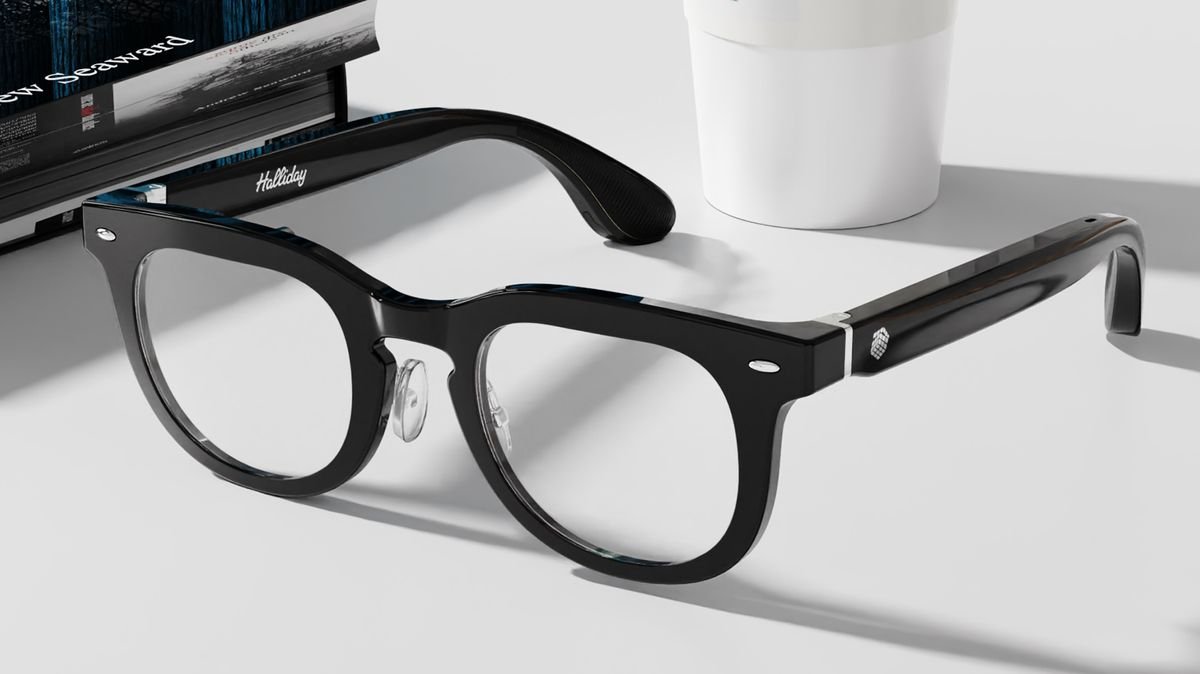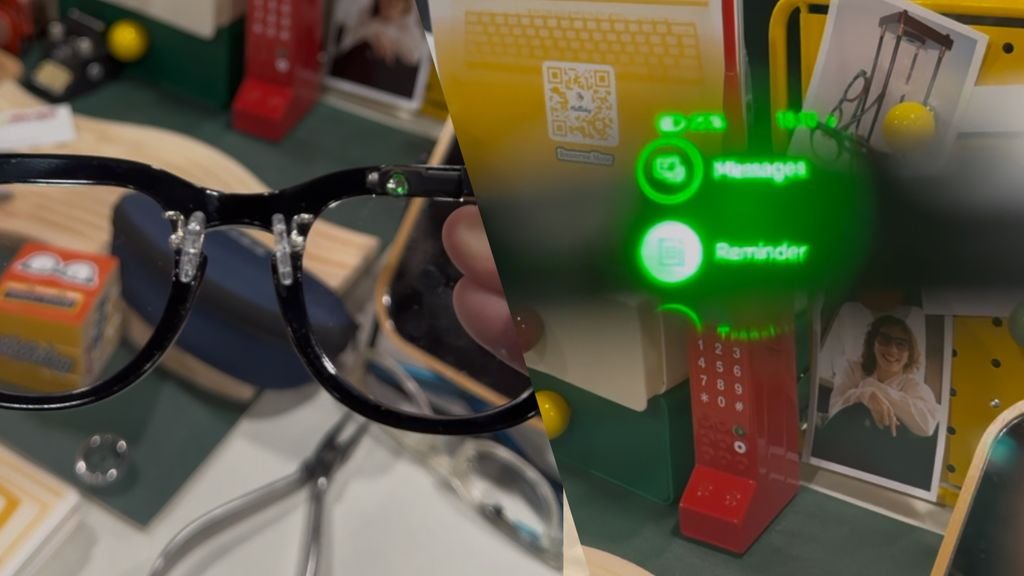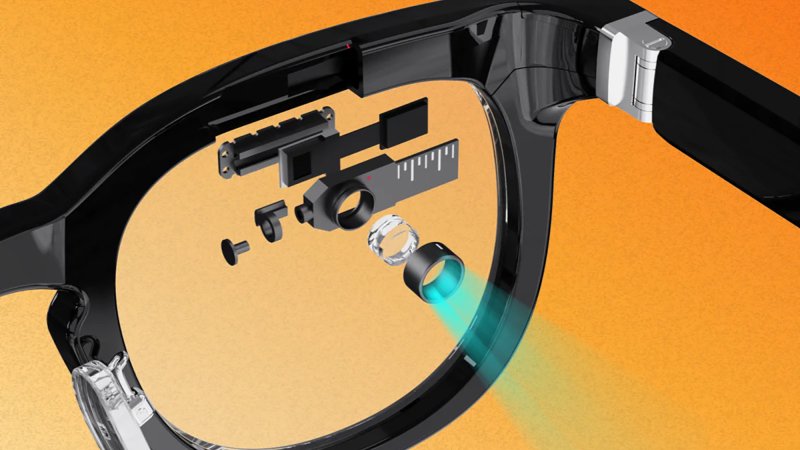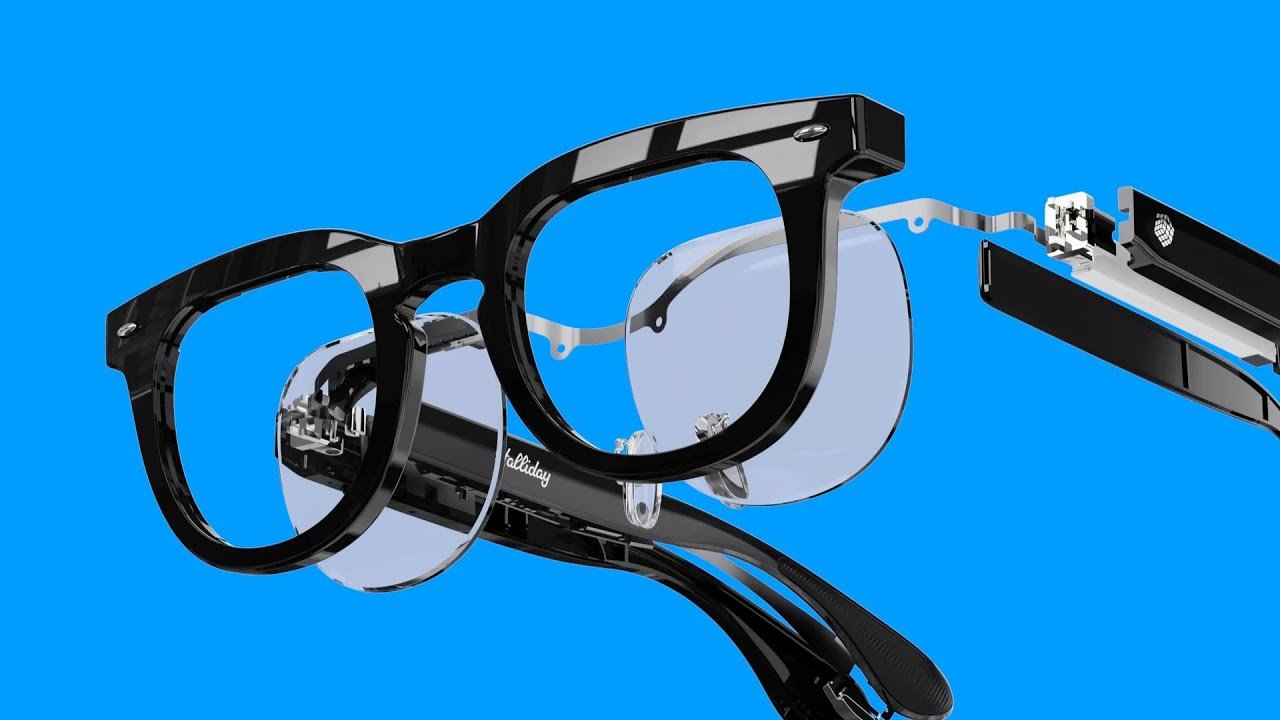Halliday Smart Lenses: Are We Ready for the Metaverse in Our Eyes?

The future, as depicted in countless sci-fi films, often involves seamlessly integrated technology, and perhaps no concept is more tantalizing than smart contact lenses. Halliday, a newcomer to the augmented reality arena, boldly claims to deliver that future with its Smart Lenses. Promising a heads-up display, integrated sensors, and effortless connectivity, these lenses are ambitious, to say the least. But can they live up to the hype, or are they just a glimpse into a distant, more polished reality? We spent a week with the Halliday Smart Lenses glued (metaphorically, of course) to our eyeballs, and here’s what we found.
Performance is, unsurprisingly, the most critical factor. The Halliday lenses utilize micro-LED technology to project information directly onto your retina. The result is generally crisp and clear, especially in well-lit environments. However, brightness becomes an issue outdoors in direct sunlight, where the display can become washed out and difficult to read. The refresh rate is also noticeably lower than modern smartphone screens, leading to occasional ghosting during fast movements. While the latency isn’t a deal-breaker, it’s certainly noticeable and might induce some initial disorientation for sensitive users. Battery life is rated at approximately 4 hours of continuous use, which we found to be fairly accurate. This isn’t terrible, but it necessitates strategic usage throughout the day. Recharging is accomplished via a specialized contact lens case, which adds another layer of complexity to your daily routine.
Design-wise, Halliday has opted for a relatively thick lens profile. While comfortable enough for short periods, prolonged wear can lead to eye fatigue. The lens material itself is surprisingly breathable, minimizing dryness and irritation, but the overall bulk is undeniable. The lenses are currently only available in a single size, which poses a significant problem for individuals with smaller or larger than average pupils. A more customizable fit would be a crucial improvement.

Build quality seems robust. The lenses are surprisingly resilient, surviving accidental drops and everyday handling without issue. The charging case, however, feels somewhat cheap and plasticky, a stark contrast to the premium feel of the lenses themselves. The inductive charging works flawlessly, but the case’s hinge mechanism feels flimsy and prone to eventual failure.

Feature-wise, the Halliday Smart Lenses offer a pared-down experience. The primary function is displaying notifications, directions, and basic information from your smartphone. There’s also a built-in accelerometer and gyroscope for basic gesture controls, allowing you to answer calls or dismiss notifications with a flick of the wrist. Integration with popular apps like Google Maps and Spotify is seamless, but the lack of native app support feels limiting. Voice control is also included, but its accuracy is inconsistent and often struggles in noisy environments.
The value proposition is where the Halliday Smart Lenses become particularly challenging. At a price point comparable to high-end smartphones, these lenses are a considerable investment. While the technology is undeniably impressive, the current limitations in performance, design, and features make it difficult to recommend to the average consumer.
Where to Buy:

Halliday Smart Lenses Quick Summary
Key Scores:
- Value: 90%
- Design: 94%
- Performance: 91%
- Quality: 90%
- Popularity: 89%
Top Pros
- ✅ The micro-LED display is crisp and clear in optimal lighting conditions.
- ✅ Integration with popular apps like Google Maps and Spotify works seamlessly.
- ✅ Lens material is surprisingly breathable, minimizing dryness and irritation.
Key Cons
- ❌ Display brightness is inadequate in direct sunlight, making the information difficult to read.
- ❌ The single size availability poses a problem for users with varied pupil sizes.
- ❌ Battery life, at only 4 hours, necessitates strategic use throughout the day.
- …








